
Yungasocereus is a monotypic genus of cacti. Its sole species is Yungasocereus inquisivensis, native to Bolivia.

Quiabentia verticillata is a species of cactus found from Bolivia to Argentina

Cleistocactus tominensis is a species of columnar cactus in the genus Cleistocactus, endemic to Bolivia, where it is found in forests, on cliffs, and in inter-Andean valleys at altitudes of 900 to 2,200 meters.
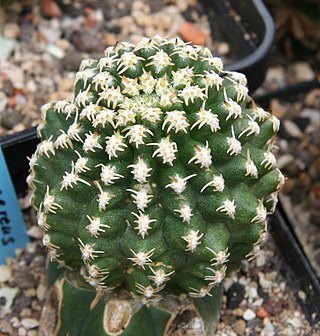
Haageocereus bieblii is a species of Haageocereus from Peru.

Weberbauerocereus weberbaueri is a species of Weberbauerocereus from Peru.

Oreocereus trollii, commonly known as the Old Man of the Andes cactus, is a species of cacti native to Argentina and Bolivia. Though listed as Least Concern by the IUCN, the plant is collected extensively, and in some areas is threatened.

Echinopsis densispina, is a species of Echinopsis found in Argentina.

Haageocereus decumbens is a species of Haageocereus found in S. Peru to Chile (Tarapacá)

Haageocereus pseudomelanostele is a species of Haageocereus found in Peru.
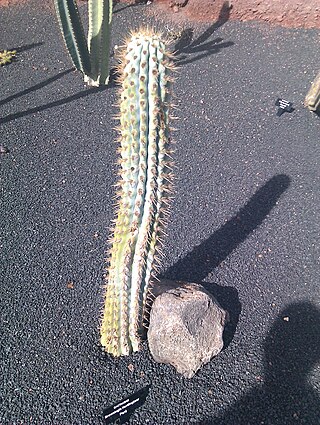
Browningia hertlingiana is a species of Browningia found in Peru.

Matucana weberbaueri is a species of Matucana found in Peru.
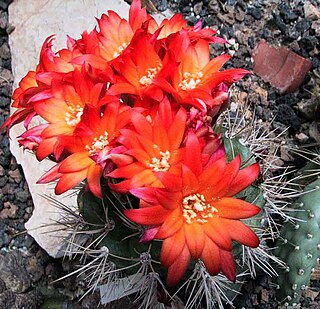
Matucana oreodoxa is a species of Matucana found in Peru.

Weberbauerocereus albus is a species of Weberbauerocereus from Peru.

Weberbauerocereus winterianus is a species of Weberbauerocereus from Peru.

Haageocereus versicolor is a species of Haageocereus found in Peru.
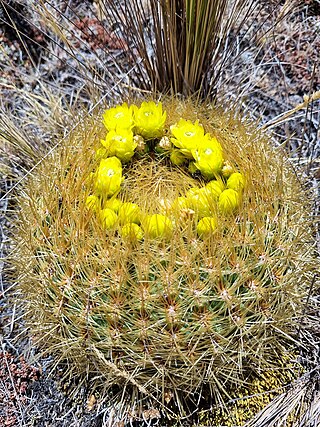
Oroya borchersii is a species of cacti, originating from Peru

Oreocereus ritteri is a species of Oreocereus found in Peru.
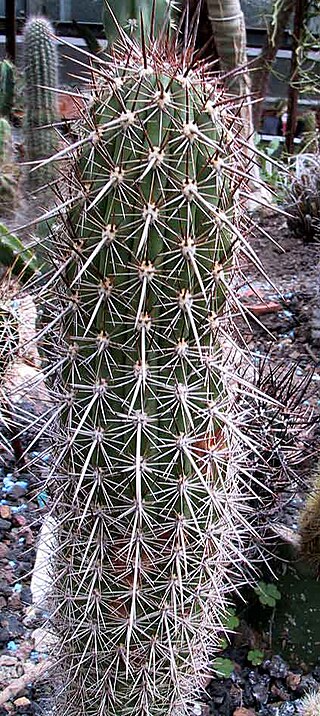
Haageocereus platinospinus is a species of Haageocereus found in Peru.

Loxanthocereus xylorhizus is a species of Loxanthocereus found in Peru.
Weberbauerocereus churinensis is a species of cactus in the genus Weberbauerocereus, native to Peru.





















